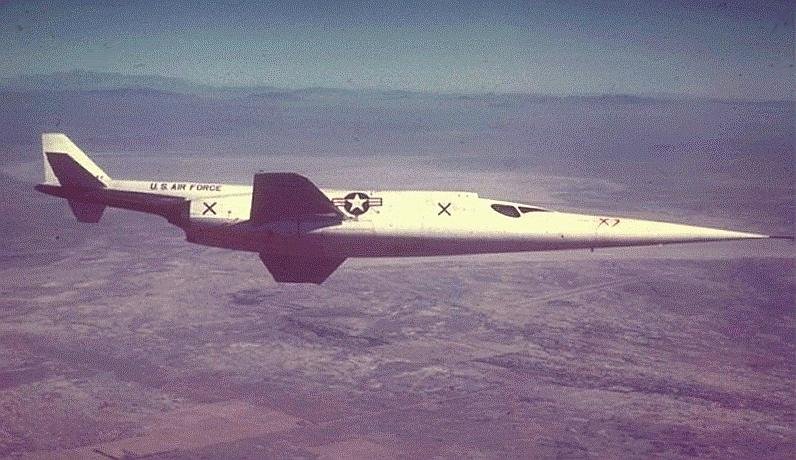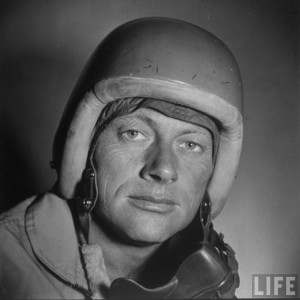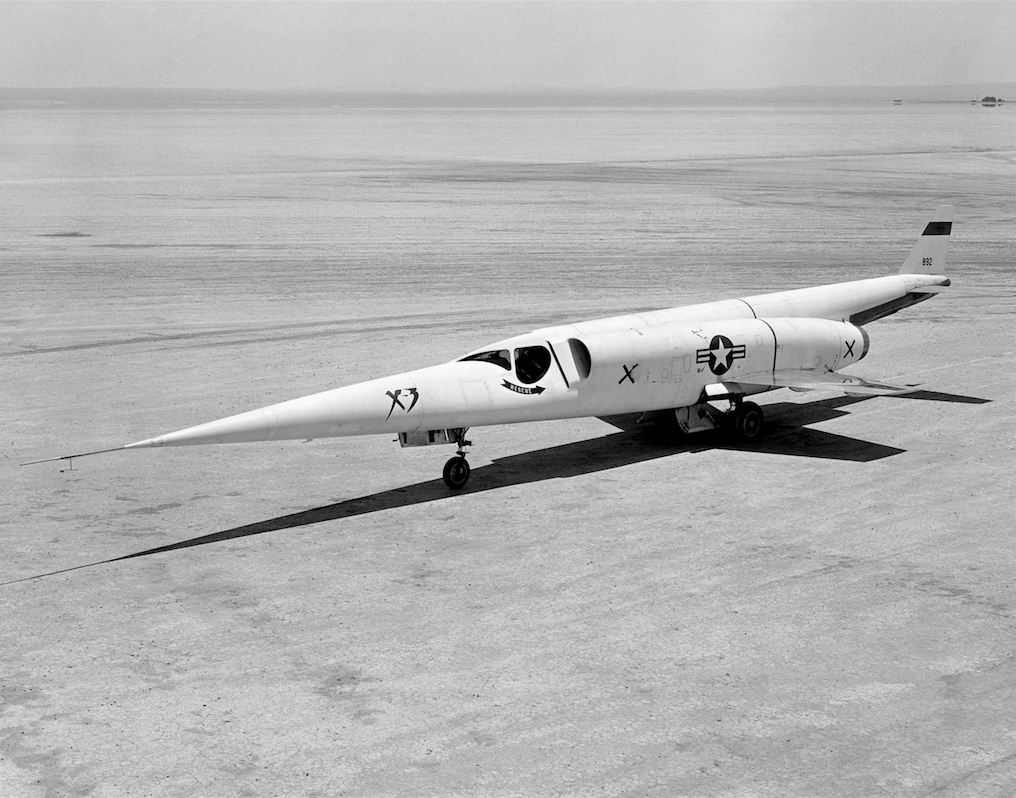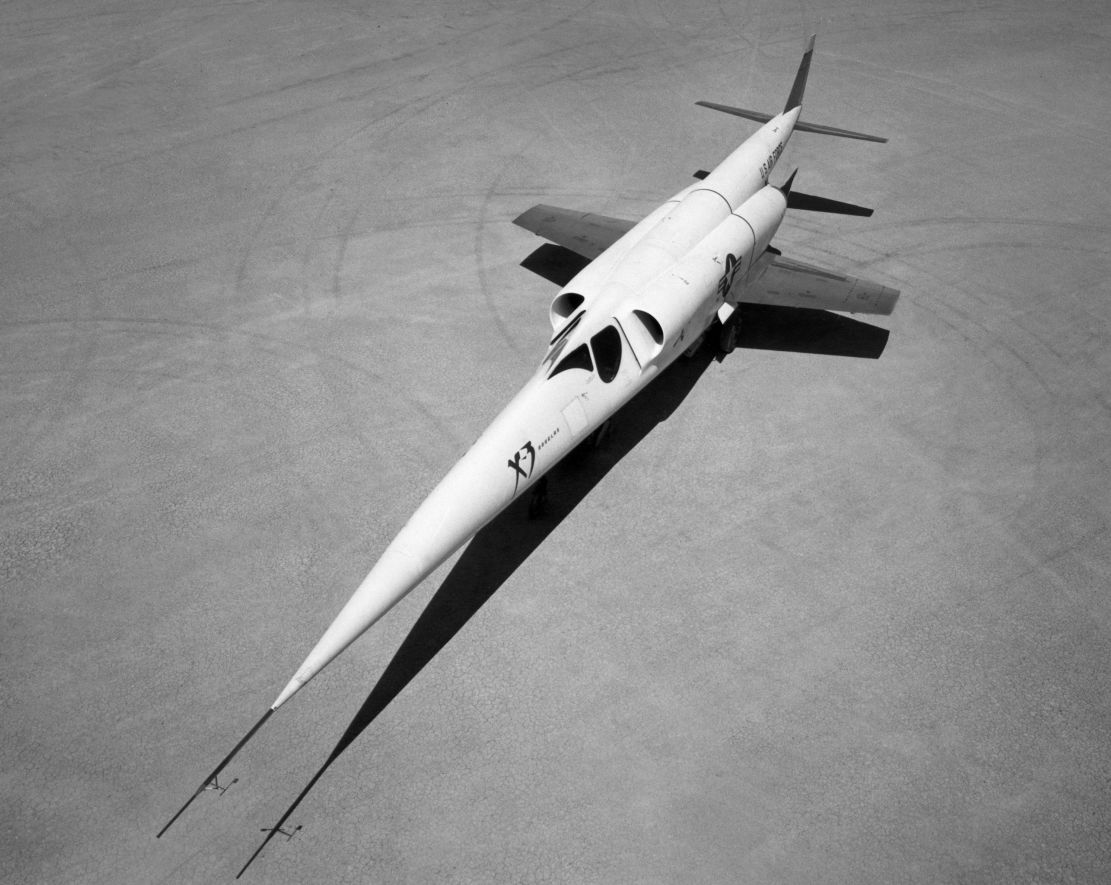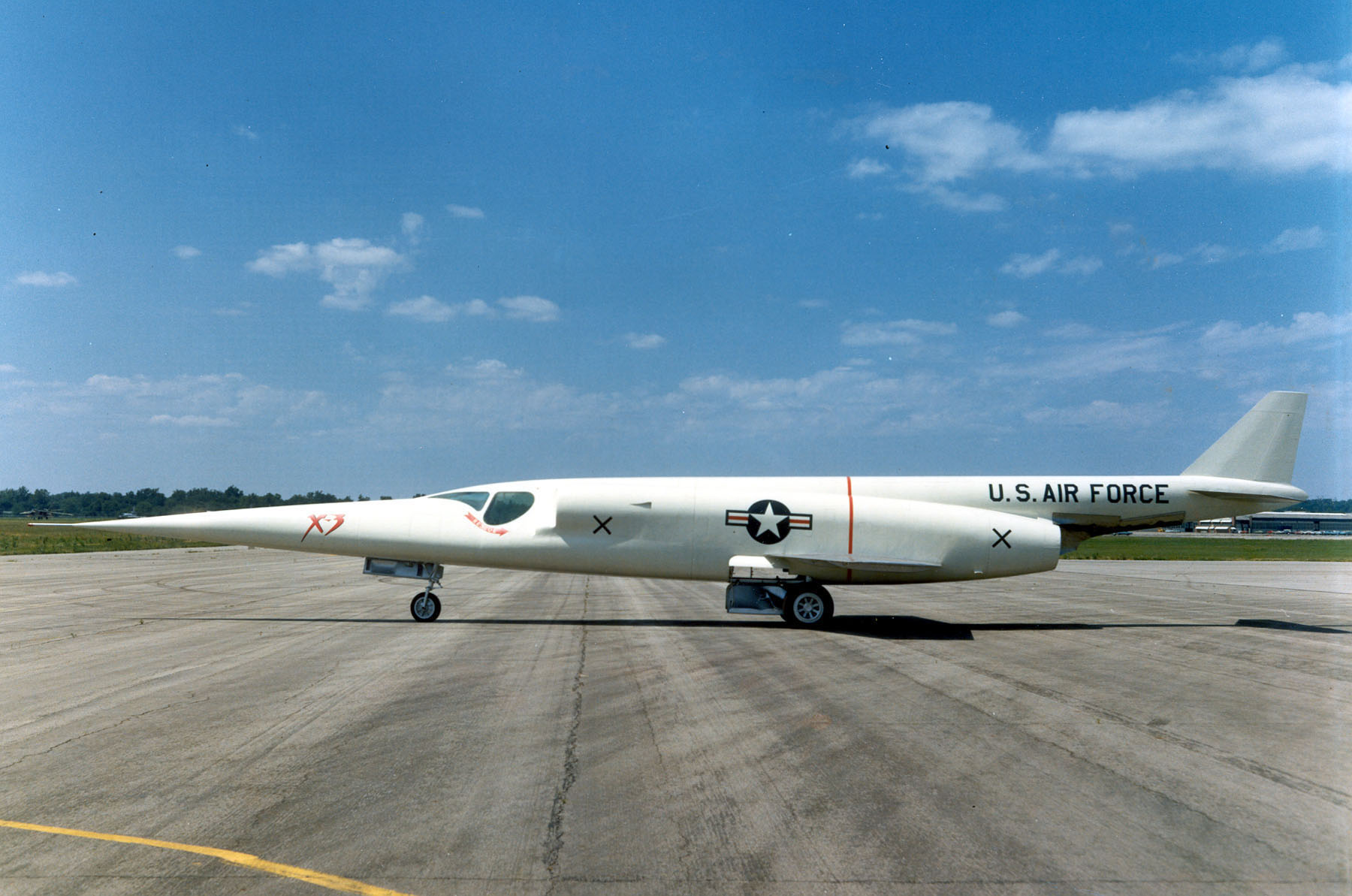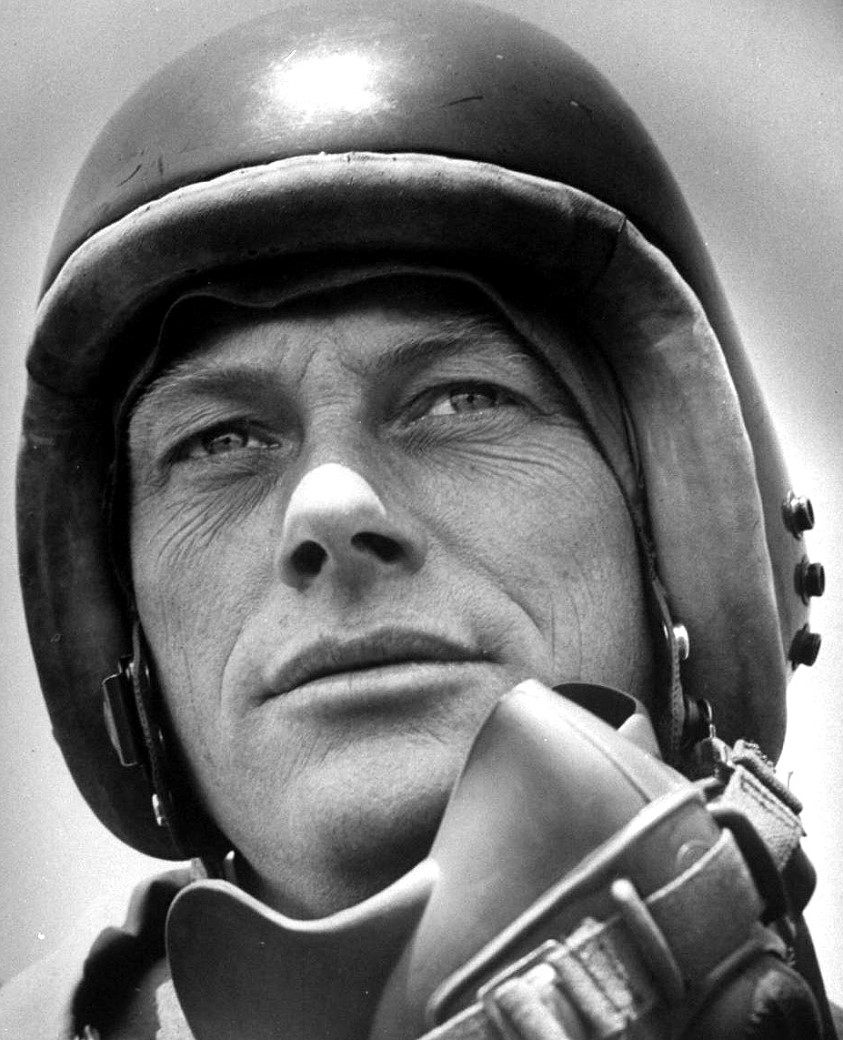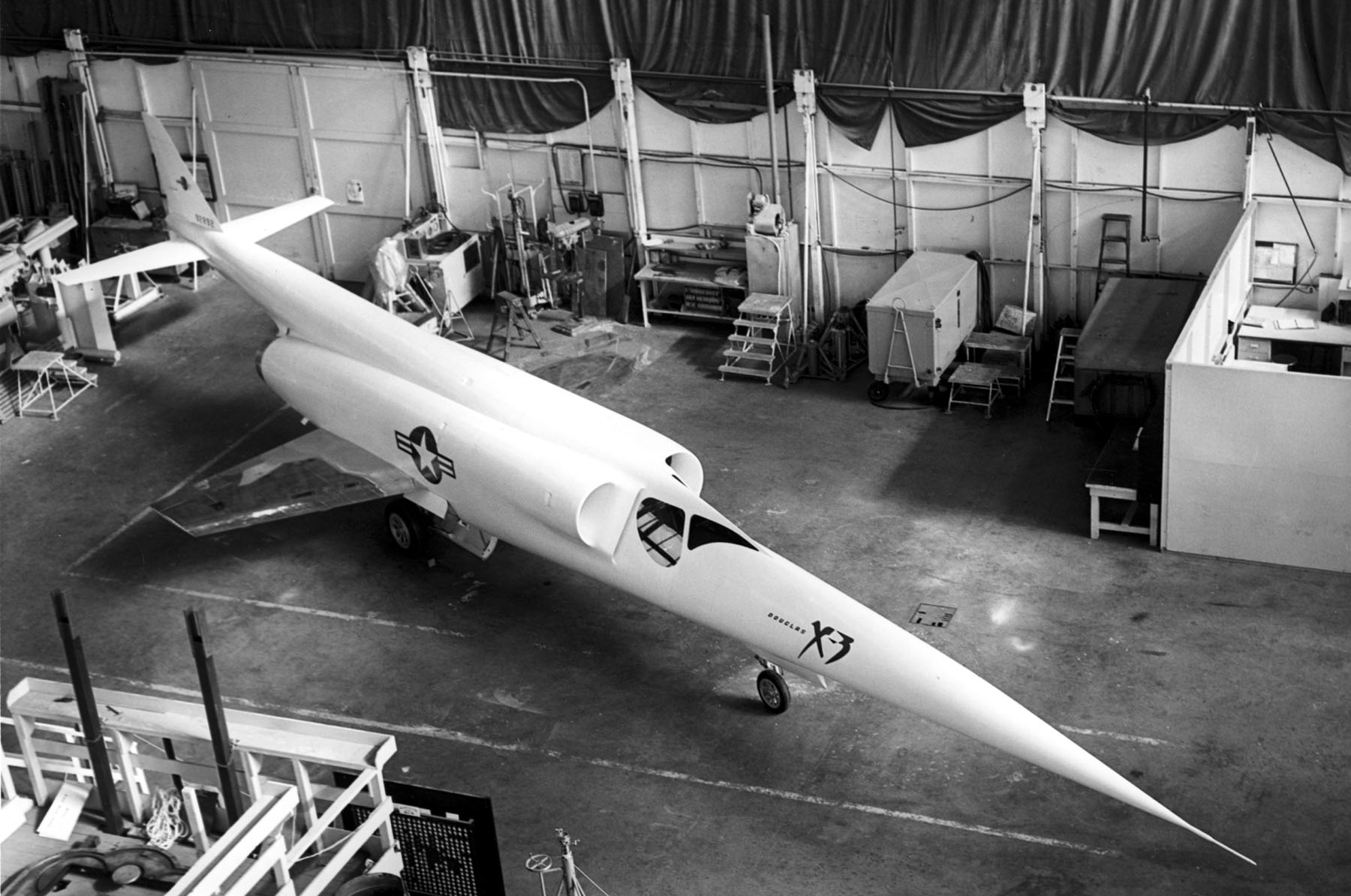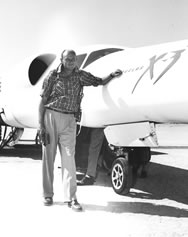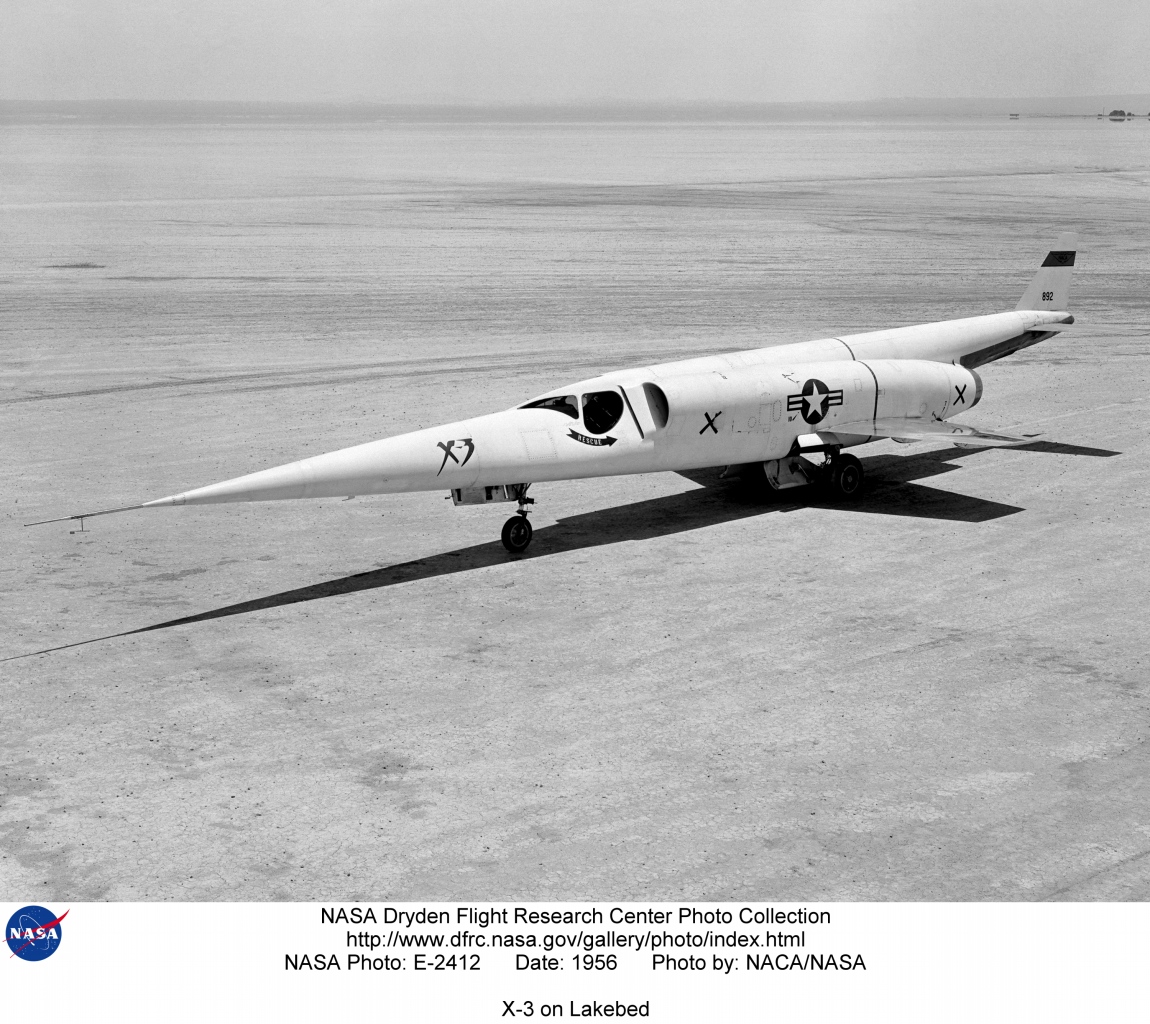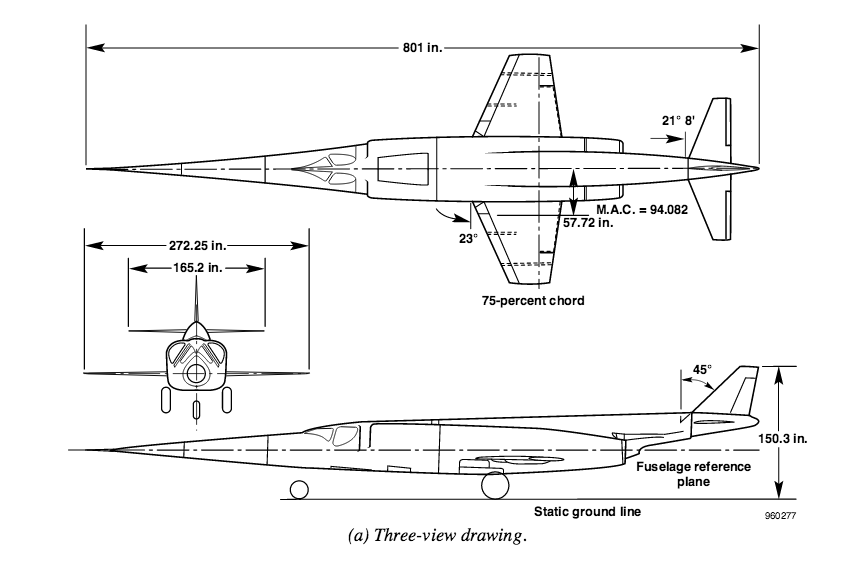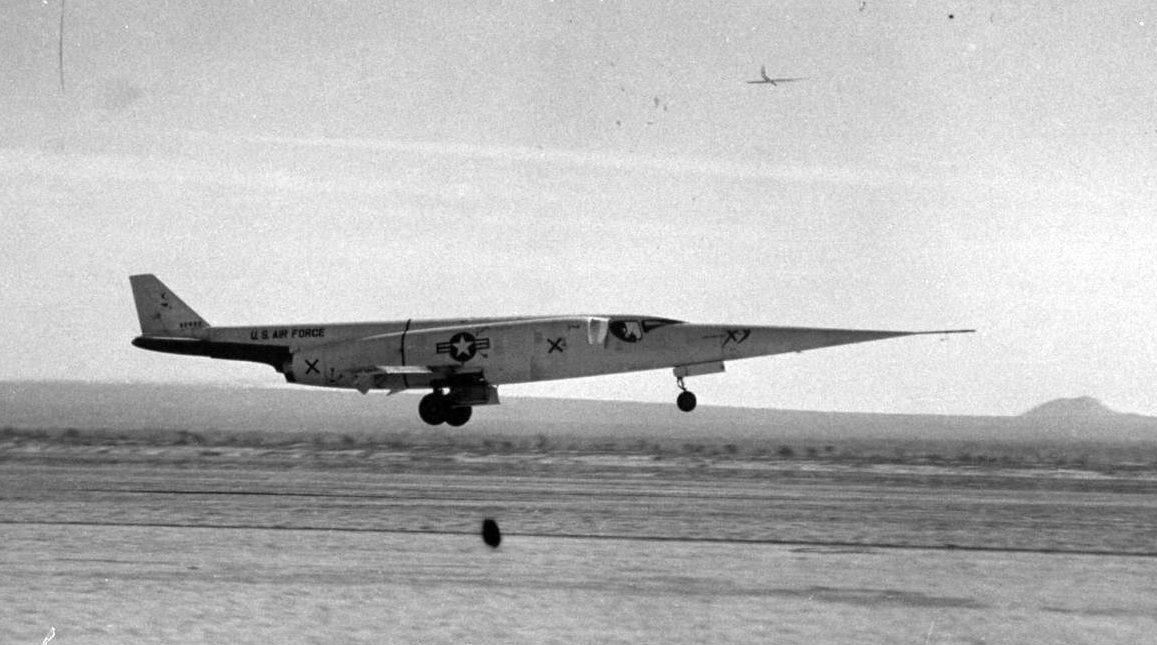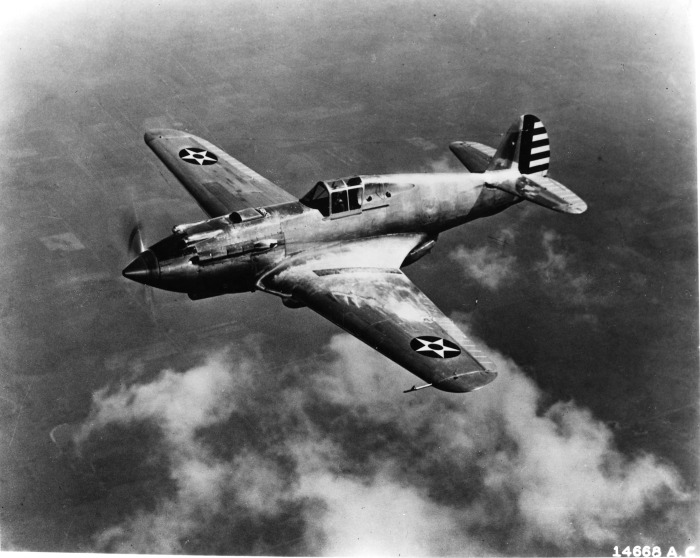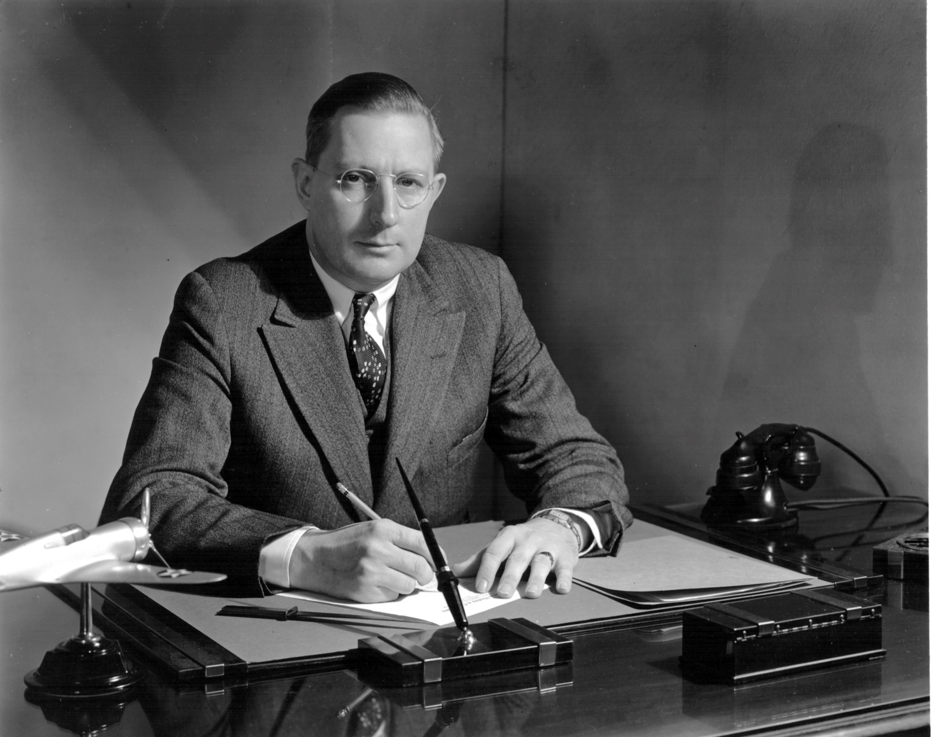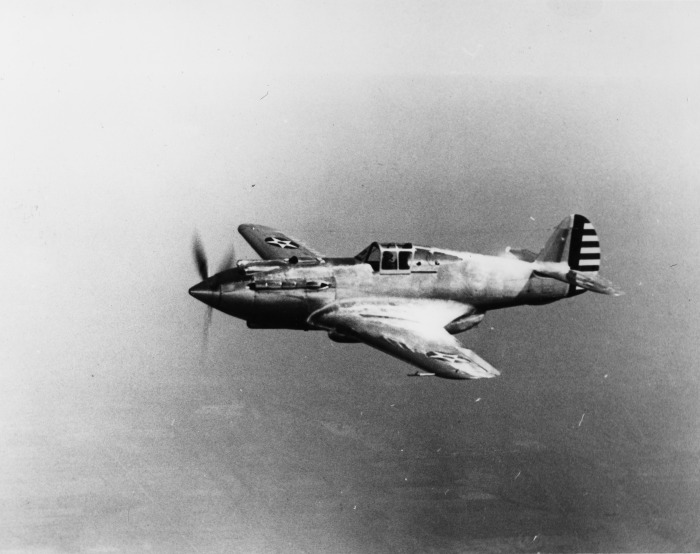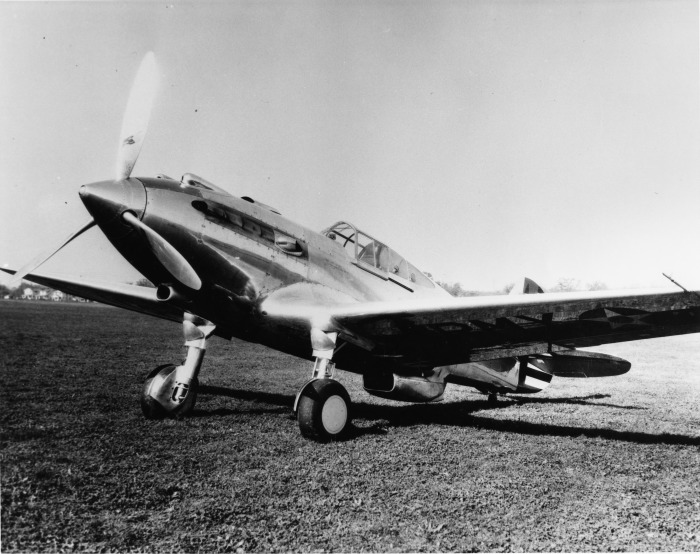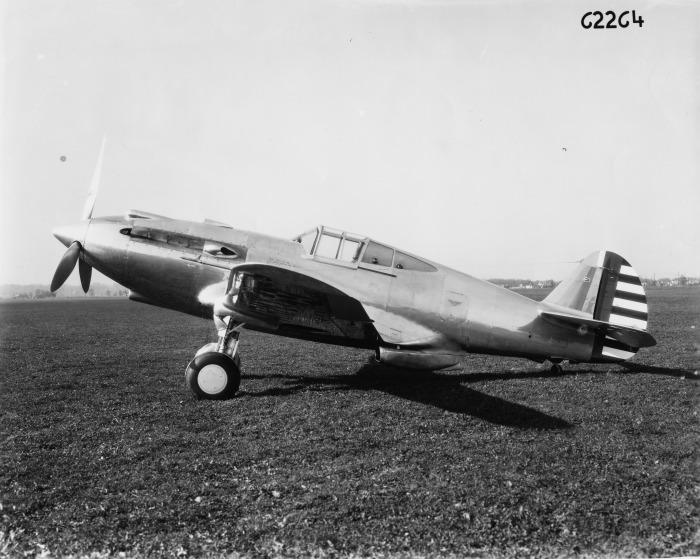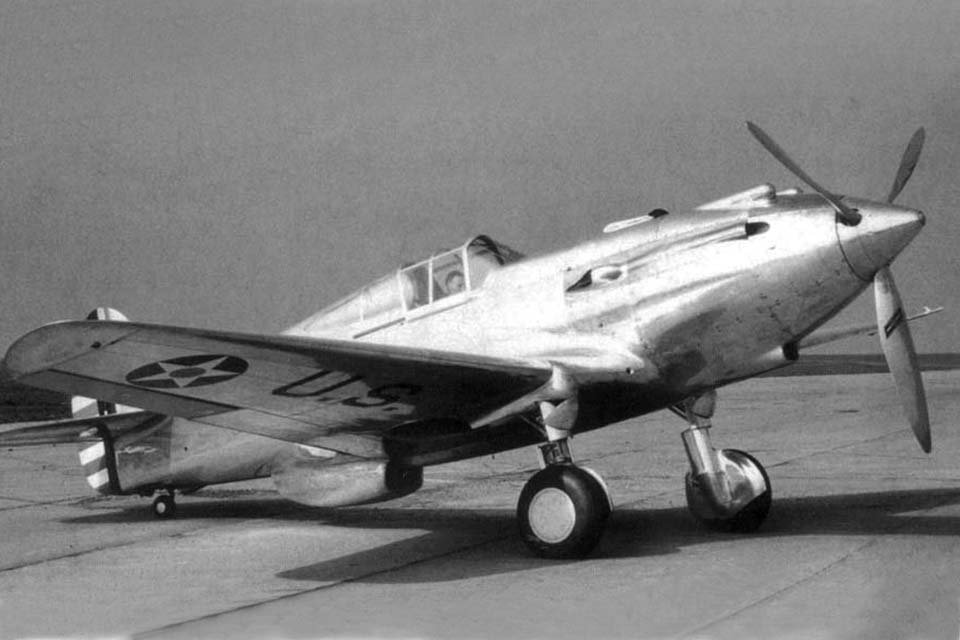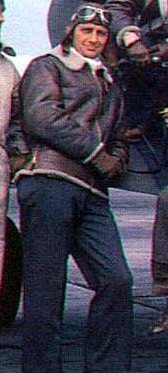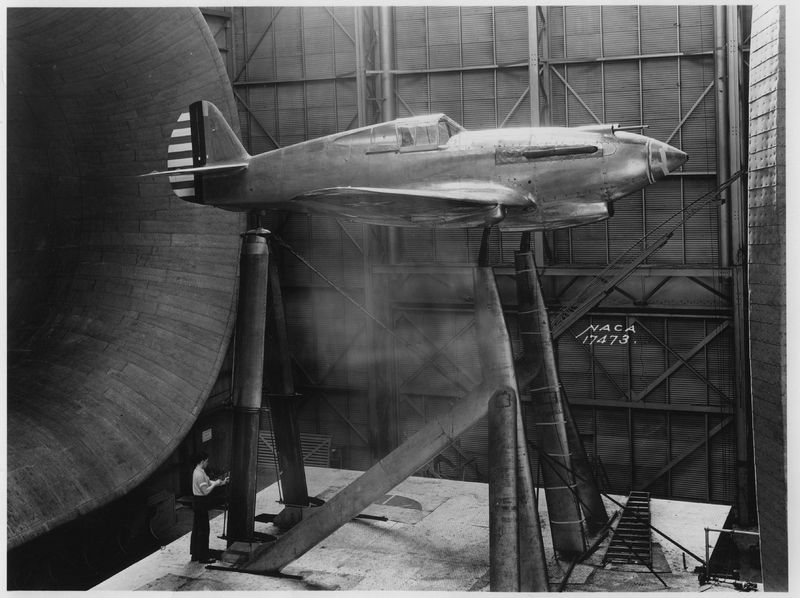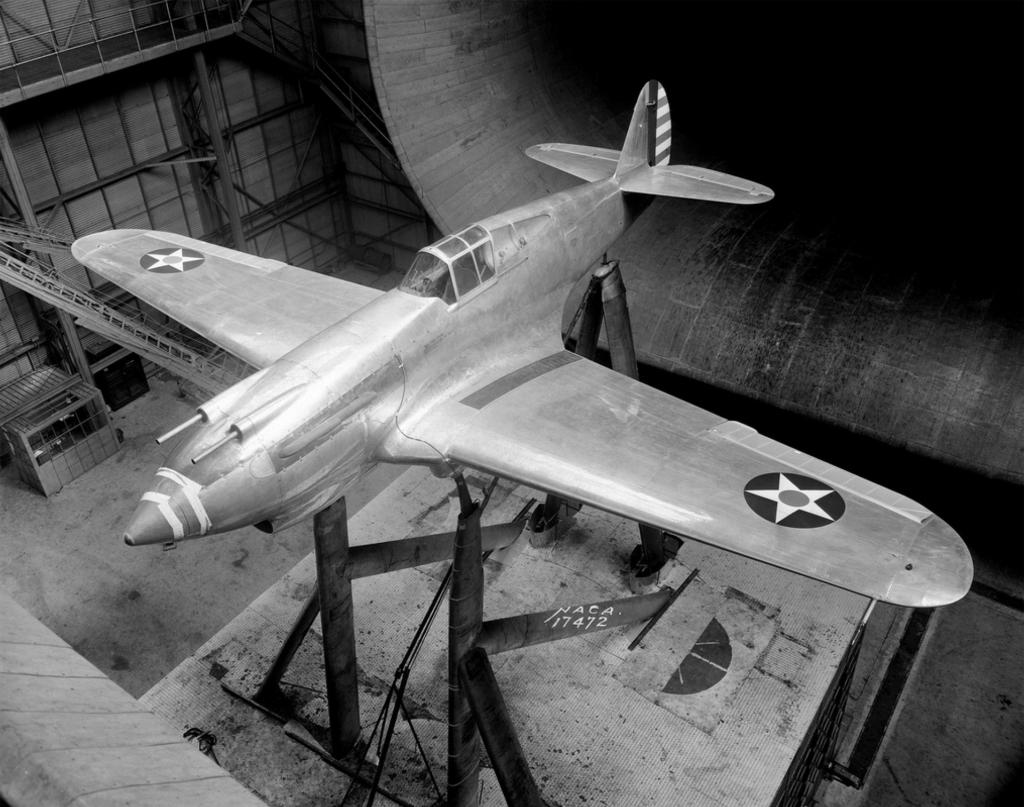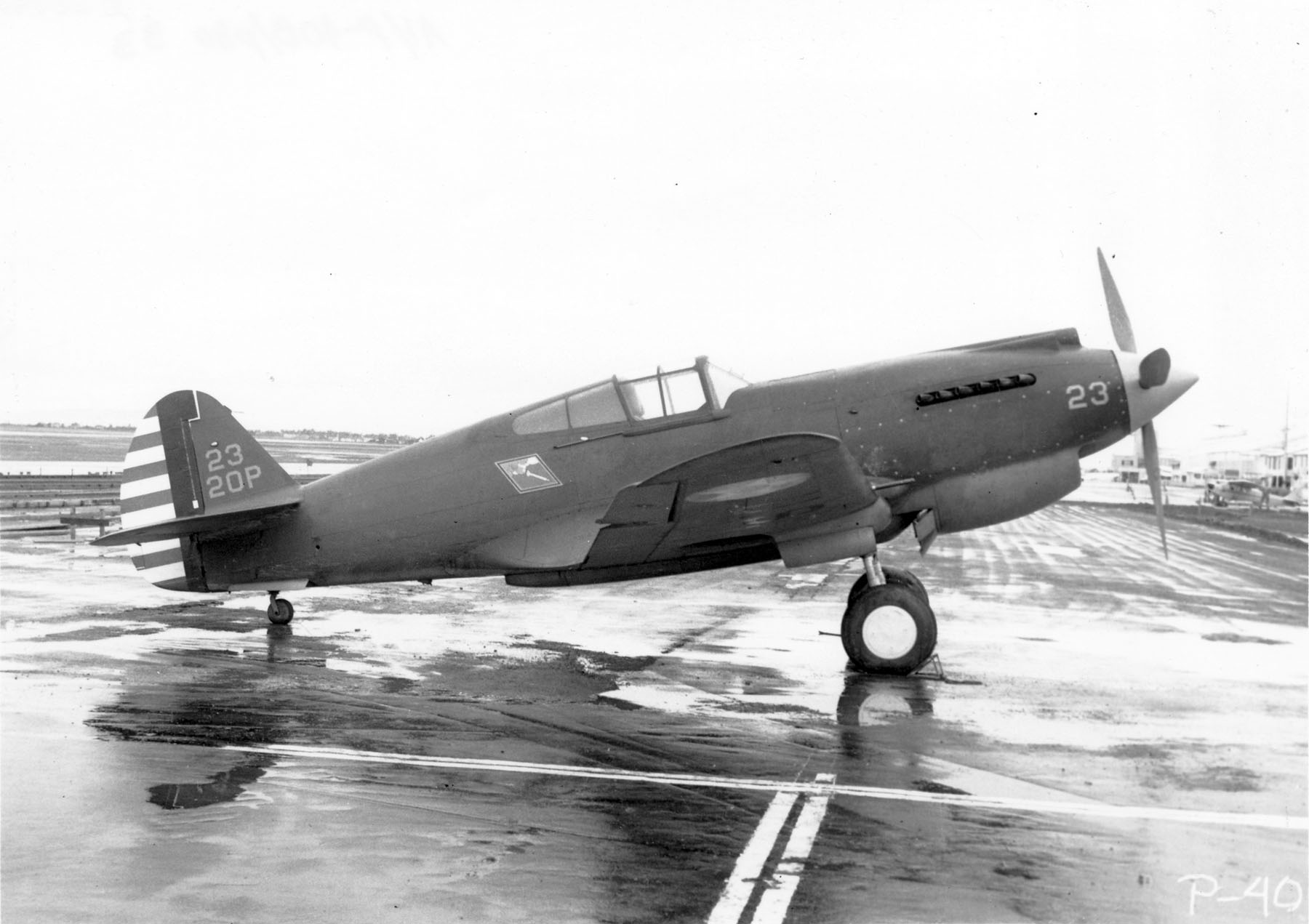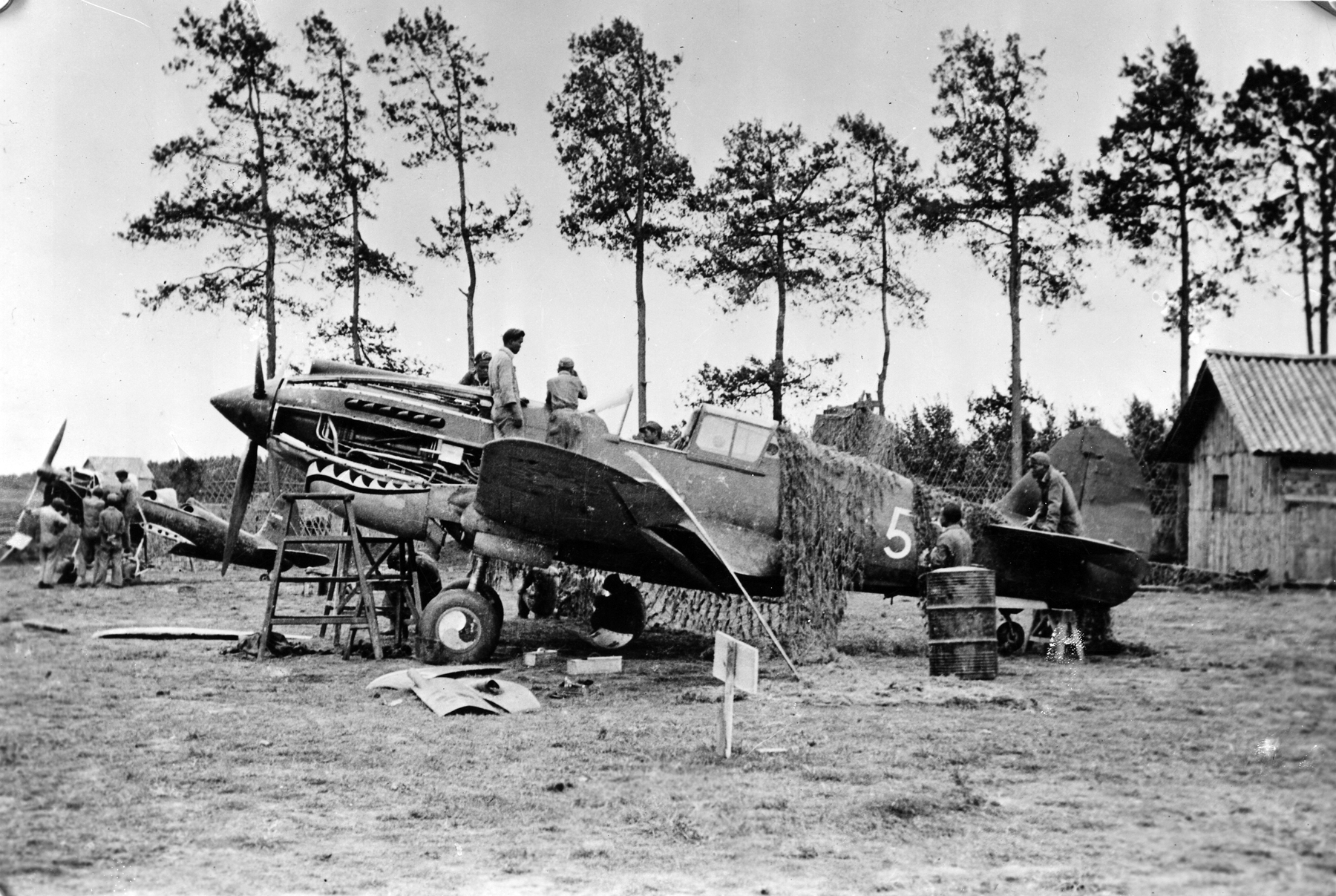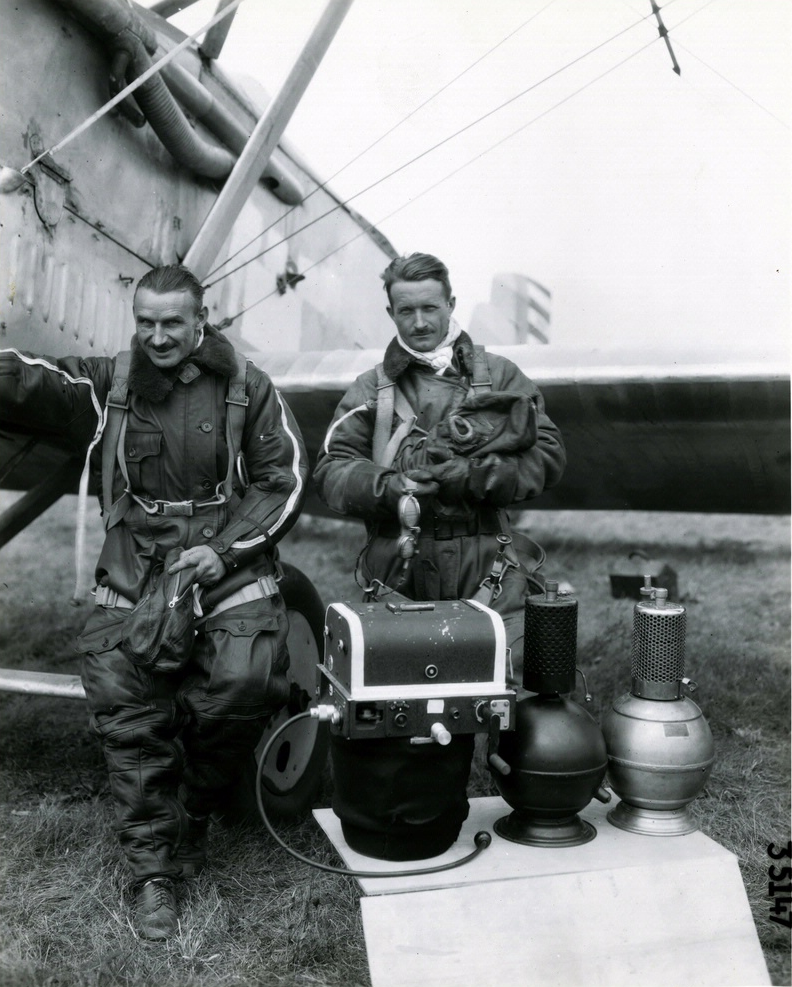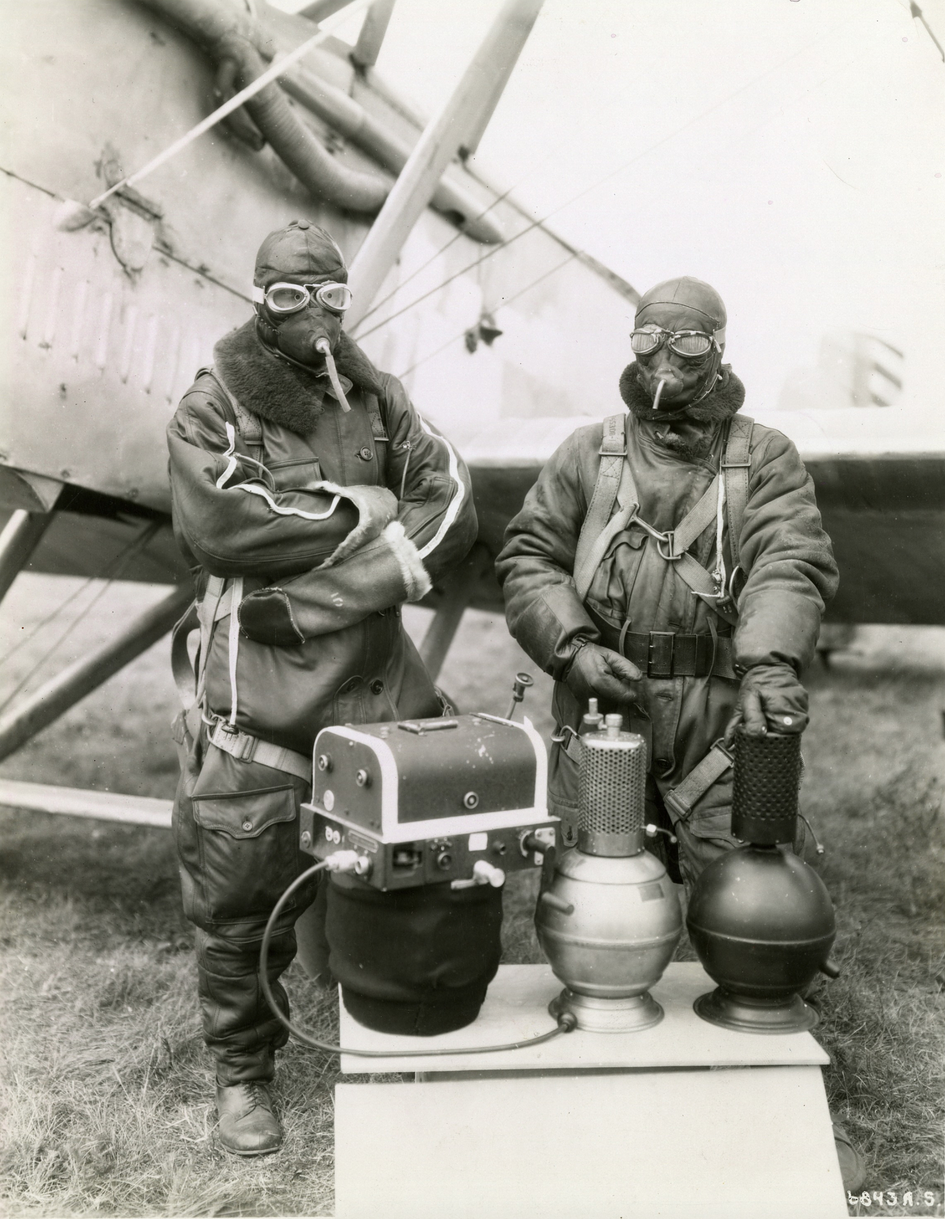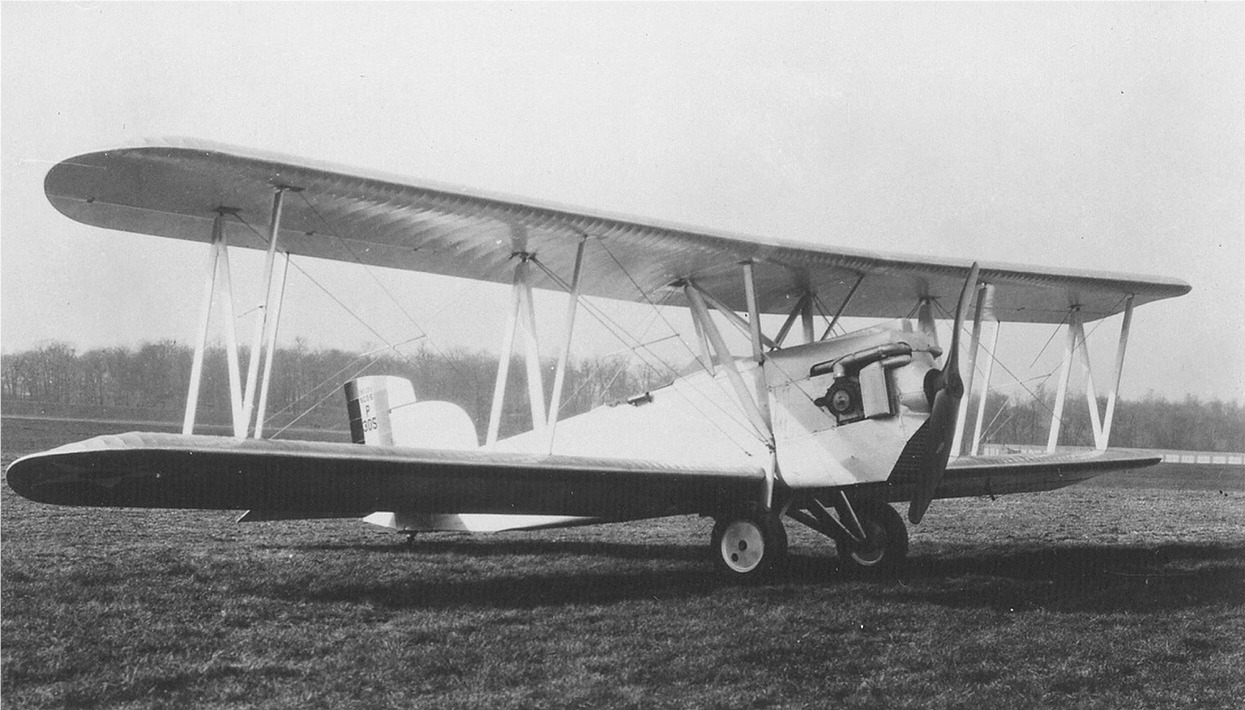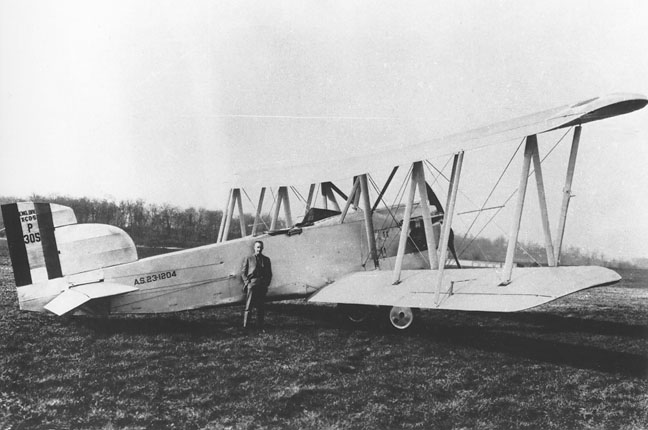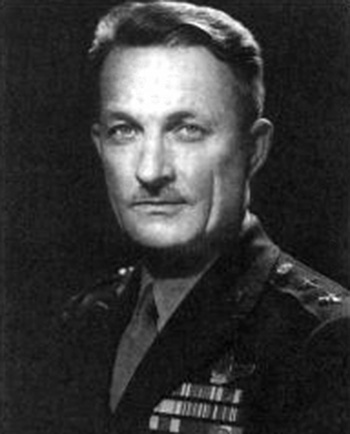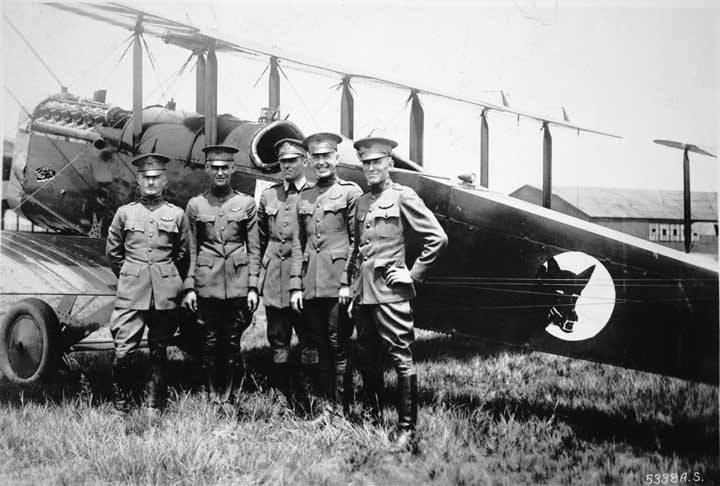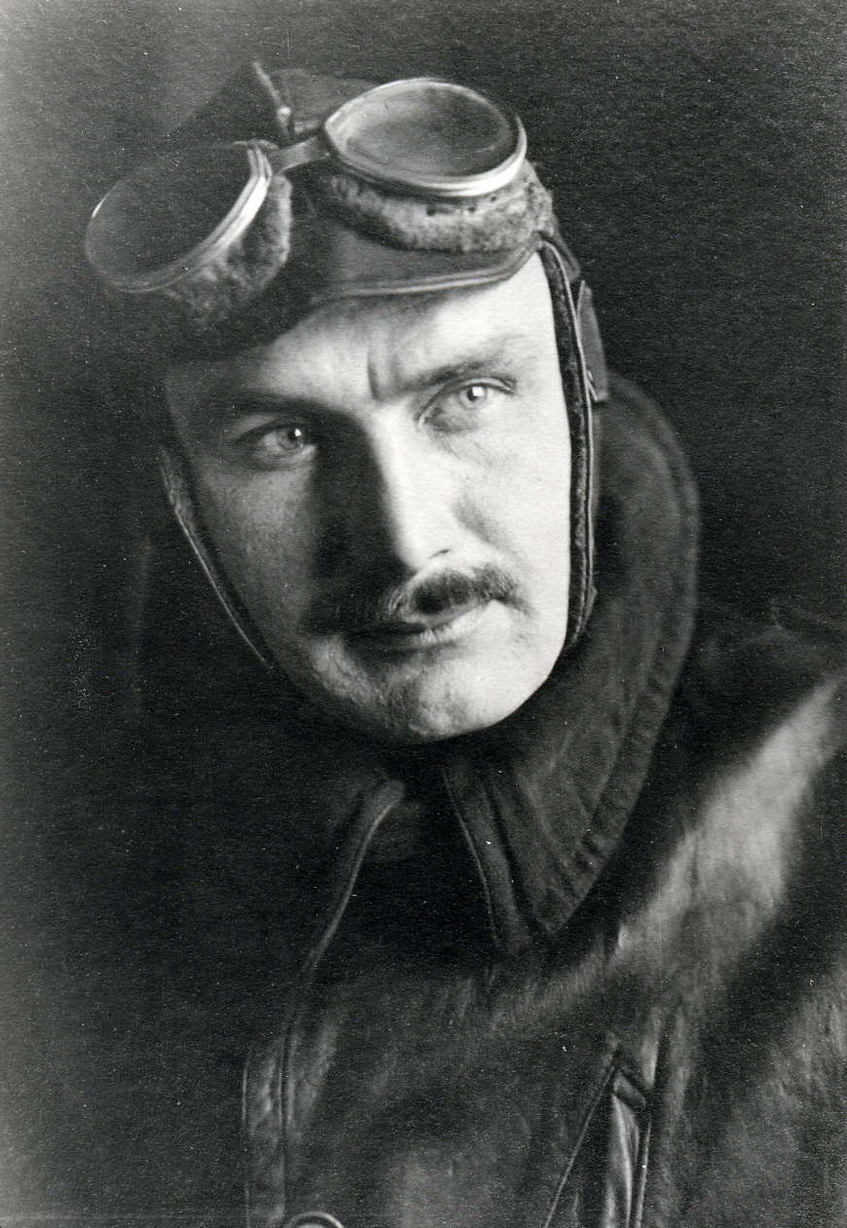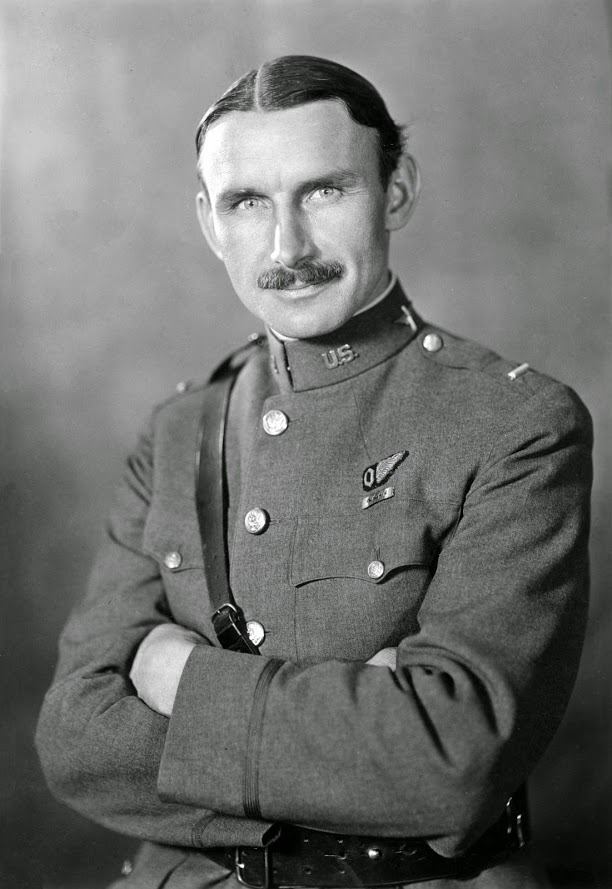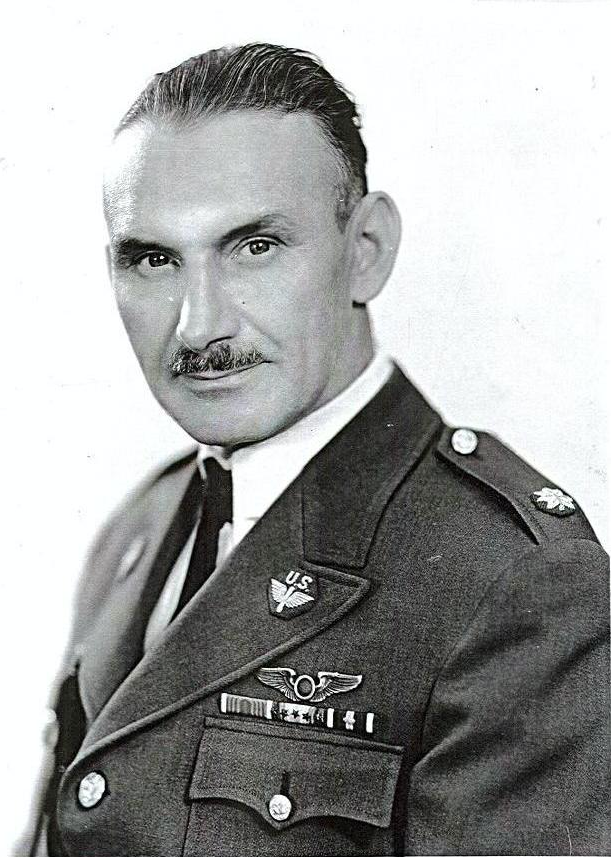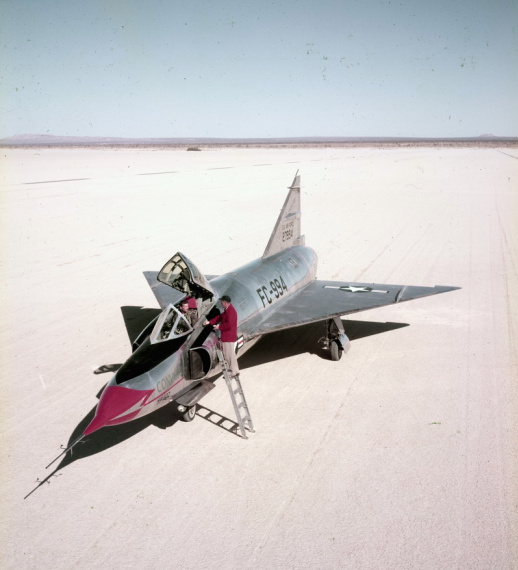
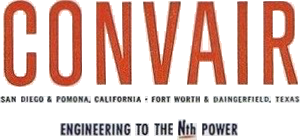 24 October 1953: At Edwards Air Force Base, California, Richard Lowe Johnson, Chief Test Pilot for the Convair Division of the General Dynamics Corporation, took the first prototype YF-102 Delta Dagger, serial number 52-7994, for its first flight.
24 October 1953: At Edwards Air Force Base, California, Richard Lowe Johnson, Chief Test Pilot for the Convair Division of the General Dynamics Corporation, took the first prototype YF-102 Delta Dagger, serial number 52-7994, for its first flight.
The YF-102 was a single-seat, single-engine, delta wing fighter designed as an all-weather, missile-armed, Mach 2 interceptor. It was developed from the earlier, experimental, Convair XF-92 Dart. The F-102 was planned for a Westinghouse XJ67-W-1 engine, but when that was not ready in time, a Pratt & Whitney J57-P-11 afterburning turbojet engine was substituted. The J57 was a two-spool, axial-flow engine with a 16-stage compressor section (9 low- and 7-high-pressure stages) and a 3-stage turbine section (1 high- and 2 low-pressure stages). The J57-P-11 was rated at 10,000 pounds of thrust (44.482 kilonewtons), and 16,000 pounds (71.172 kilonewtons) with afterburner.
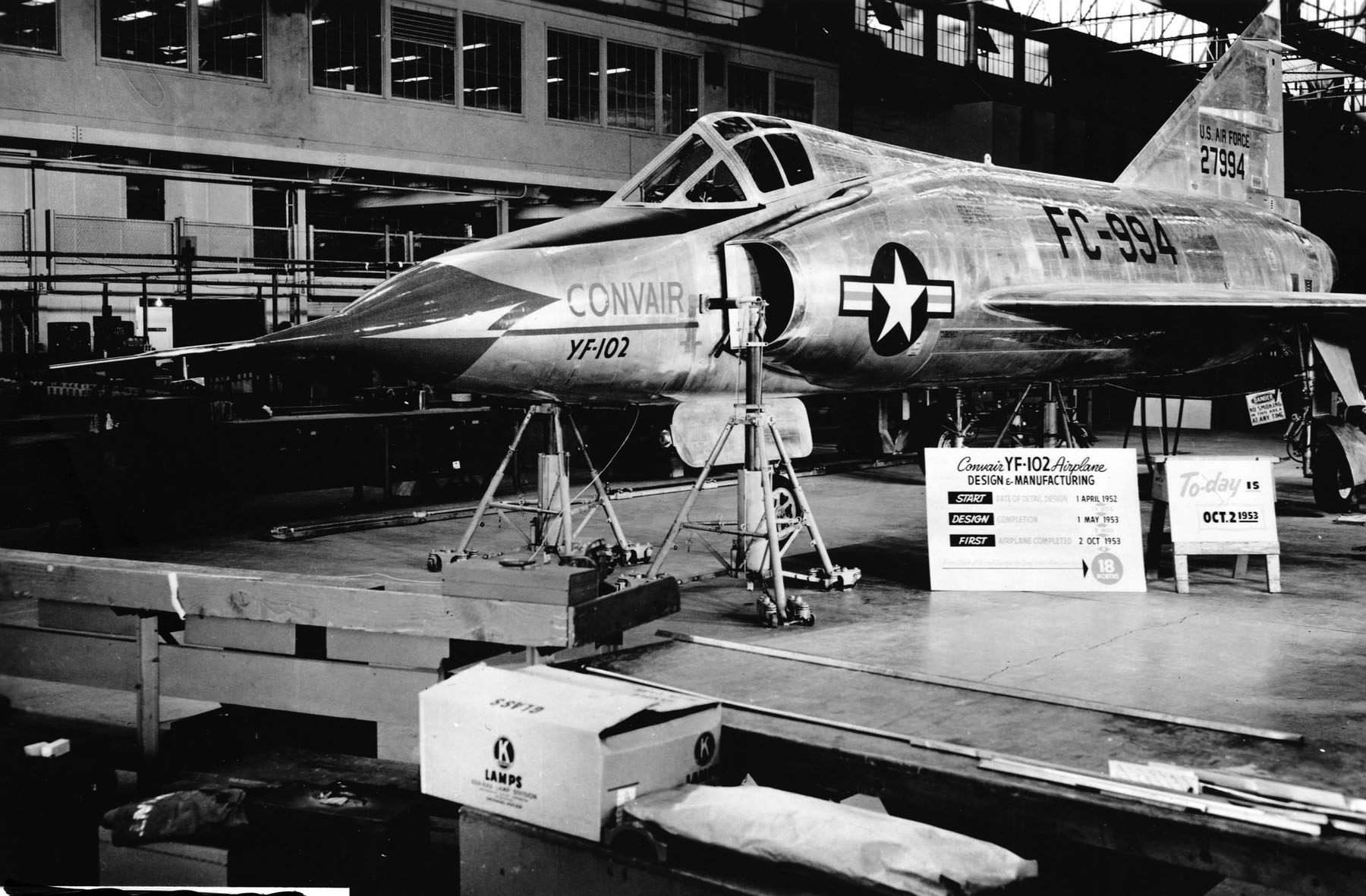
The prototype had finished assembly at the Convair plant in San Diego, California, on 2 October 1953. It was then shipped by truck to Edwards Air Force Base in the high desert of southern California where final preparations and testing was carried out.
The National Advisory Committee for Aeronautics (NACA) had tested scale models of the YF-102 in the 8-foot HST wind tunnel at the Langley Memorial Aeronautical laboratory and found that significant shock waves were produced at near-sonic speeds. Surprisingly, shock waves were created at the trailing edge of the delta wing. The shock waves caused very high drag that would keep the aircraft from reaching Mach 1, even with the more powerful engine planned for production models.
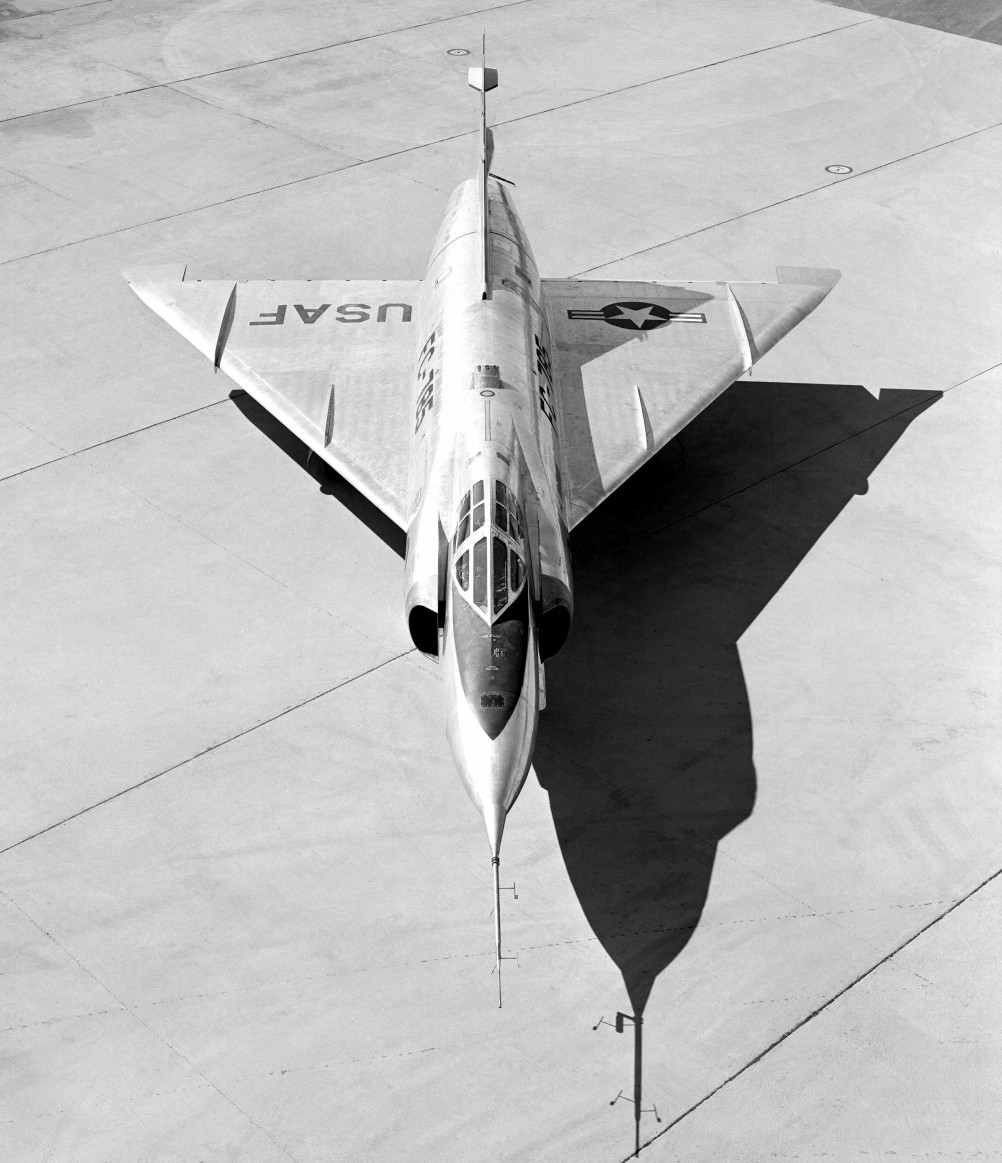
The Republic YF-105 fighter bomber had similar problems, though it did pass the speed of sound. Both aircraft were significantly redesigned to incorporate the “Area Rule,” developed by NACA aerodynamicist Richard T. Whitcomb. Rather than considering the aerodynamics of the fuselage independently, the frontal area of the wings and tail surfaces had to be included to reduce drag. This produced the “wasp waist” or “Coke bottle” shape that the production models of these two fighters were known for.
Convair built two YF-102s before the design was changed, resulting in the YF-102A prototypes and the production F-102A Delta Dagger.
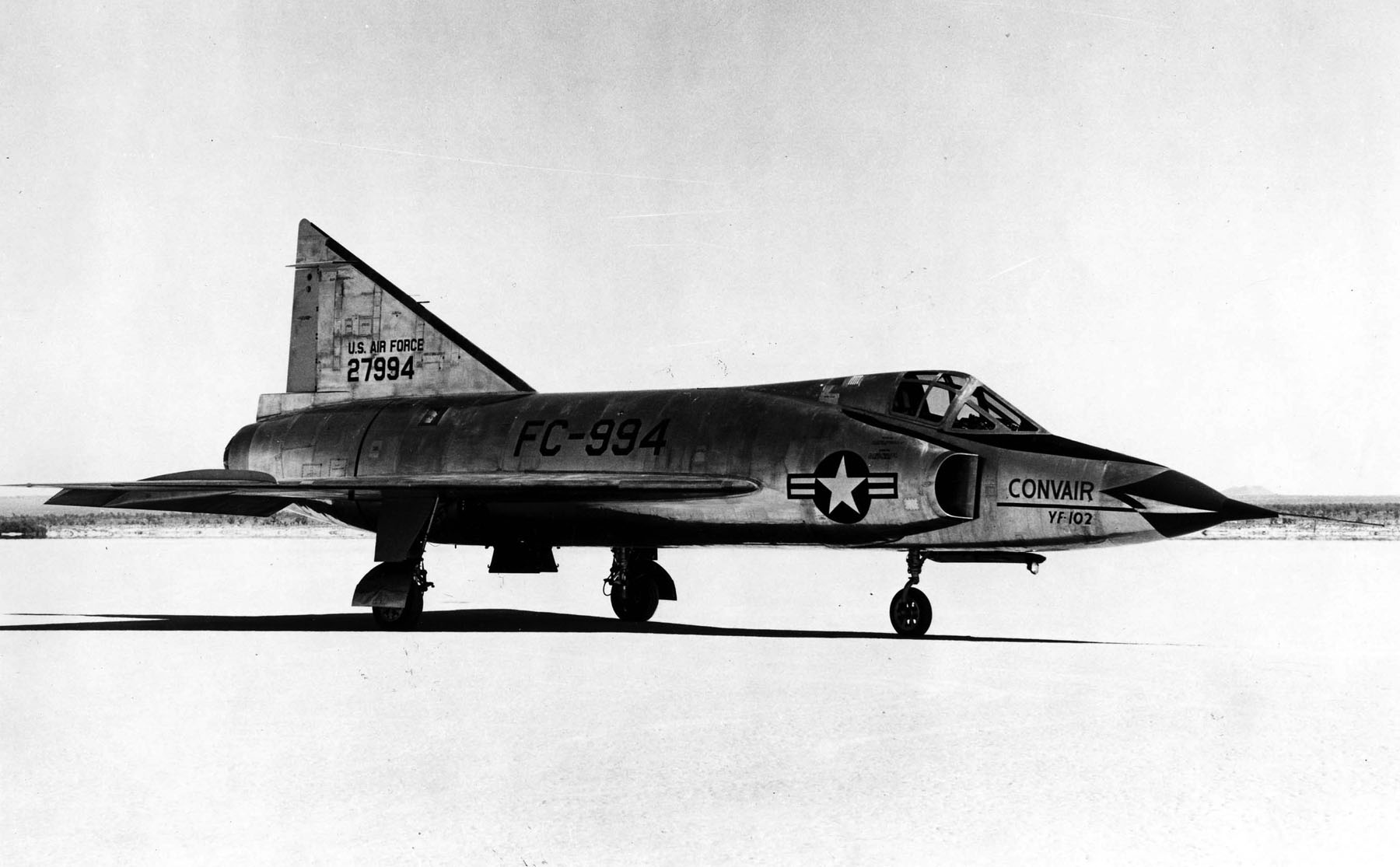
Several problems showed up on the YF-102’s first flight. Severe buffeting was encountered at high sub-sonic speed. As predicted by NACA, aerodynamic drag prevented the YF-102 from reaching Mach 1 in level flight. There were also problems with the landing gear, the fuel system, and the J57 engine did not produce the rated power.
The production F-102A was considerably larger than the YF-102. The fuselage was lengthened, the wing area and span were increased, and the vertical fin was taller. A more powerful J57-P-23 engine was used. These and other changes increased the F-102A’s gross weight by nearly 1,800 pounds (815 kilograms).
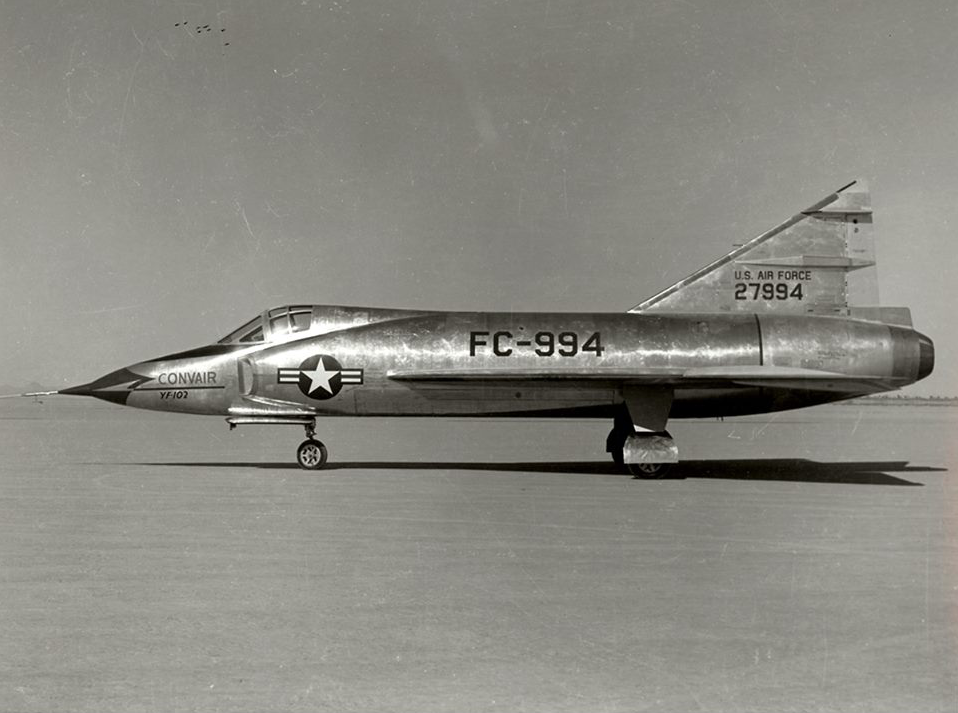
On 2 November 1953, just nine days after the first flight, the Pratt & Whitney J57-P-11 engine flamed out during a test flight. Dick Johnson was unable to restart it and made a forced landing in the desert. The YF-102 was severely damaged and Dick Johnson badly hurt. The flameout was traced to a problem with the the fuel control system. The prototype was written off.
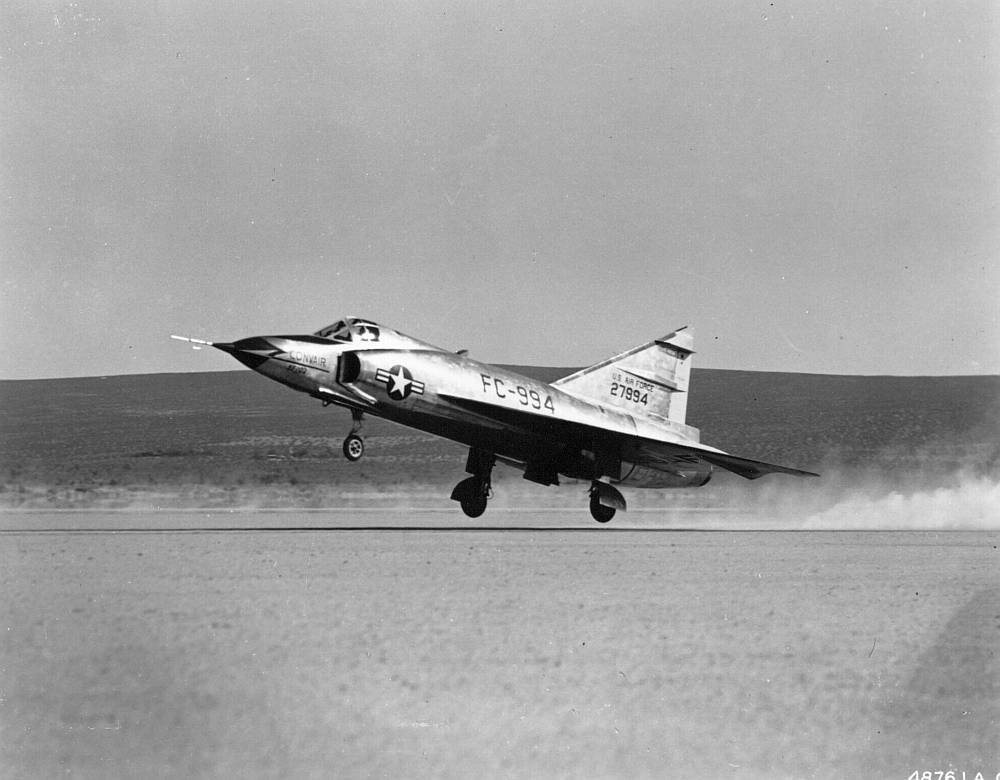
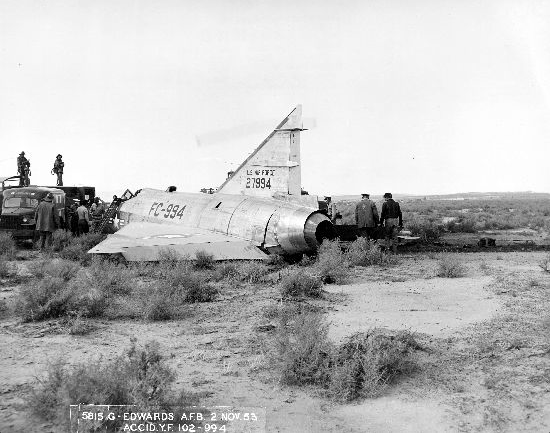
Richard Lowe Johnson ¹ was born at Cooperstown, North Dakota, 21 September 1917. He was the eighth of nine children of Swedish immigrants, John N. Johnson, a farmer, and Elna Kristina Helgesten Johnson, a seamstress.
Dick Johnson attended Oregon State College at Corvallis, Oregon, as a member of the Class of 1943. He was a member of the Sigma Alpha Epsilon (ΣΑΕ) fraternity.
Dick Johnson was a pitcher for the college baseball team, and later, played for the Boston Red Sox “farm” (minor league) system.
On 18 June 1942, Johnson enlisted as a private in the Air Corps, United States Army. On 5 November, he was appointed an aviation cadet and assigned to flight training.
Aviation Cadet Johnson married Miss Juanita Blanche Carter, 17 April 1943, at Ocala, Florida. The civil ceremony was officiated by Judge D. R. Smith.
After completing flight training, on 1 October 1943, Richard L. Johnson was commissioned as a second lieutenant, Army of the United States (A.U.S.).
Lieutenant Johnson was assigned to the 66th Fighter Squadron, 57th Fighter Group, Twelfth Air Force, in North Africa, Corsica, and Italy, flying the Republic P-47 Thunderbolt. He was promoted to first lieutenant, A.U.S., 9 August 1944, and just over three months later, 26 November 1944, to the rank of captain, A.U.S. On 14 May 1945, Captain Johnson was promoted to the rank of major, A.U.S. (Major Johnson was assigned a permanent rank of first lieutenant, Air Corps, United States Army, on 5 July 1946, with a date of rank retroactive to 21 September 1945.)
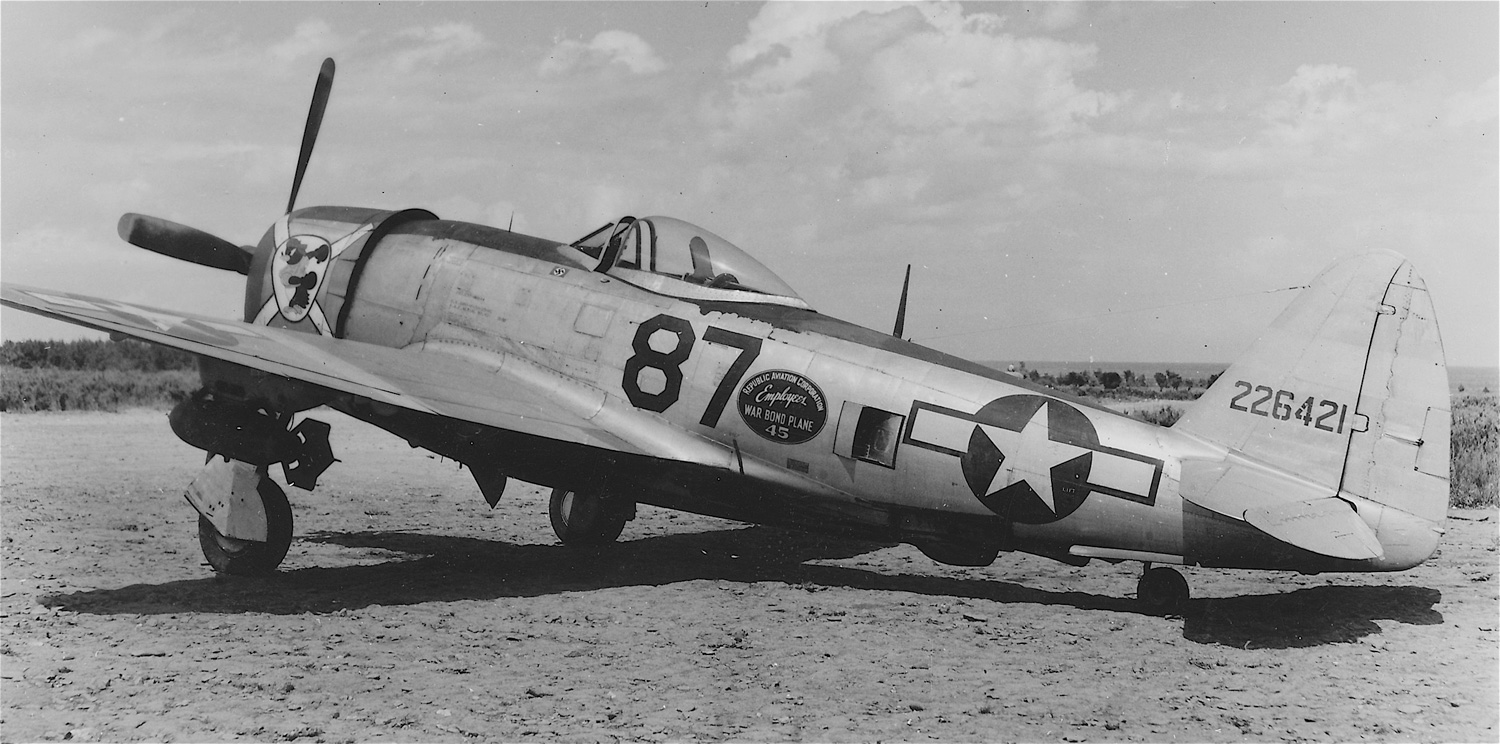
During World War II, Major Johnson flew 180 combat missions with the 66th Fighter Squadron. He is officially credited with one air-to-air victory, 1 July 1944. Johnson was awarded the Silver Star, the Distinguished Flying Cross with two oak leaf clusters (3 awards), and the Air Medal with twelve oak leaf clusters (thirteen awards).
In 1946, was assigned to the Air Materiel Command Engineering Test Pilot School at the Army Air Forces Technical Base, Dayton, Ohio (Wright-Patterson Air Force Base). He was the second U.S. Air Force pilot to be publicly acknowledged for breaking the “sound barrier.”
A few weeks after arriving at Dayton, Major Johnson met Miss Alvina Conway Huester, the daughter of an officer in the U.S. Navy. Dick Johnson and his wife Juanita were divorced 8 January 1947, and he married Miss Huester in a ceremony in Henry County, Indiana, 10 January 1947. They would have three children, Kristie, Lisa and Richard.
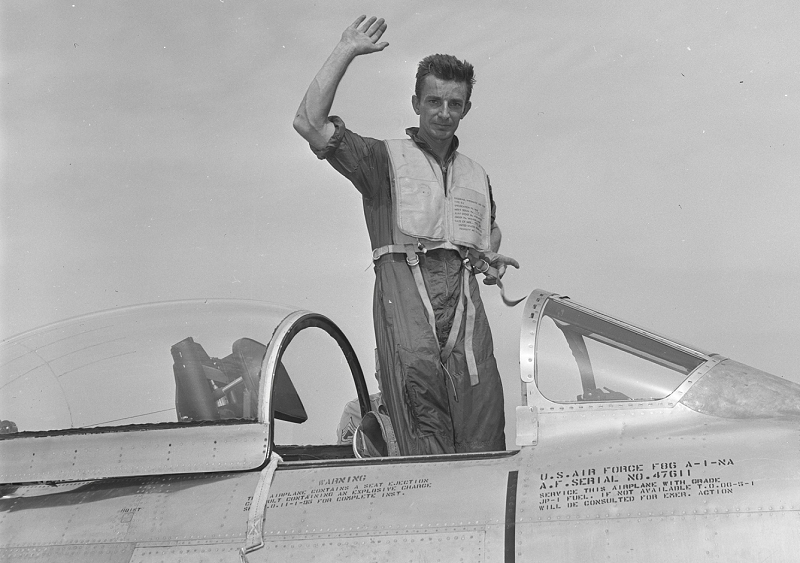
Dick Johnson set a Fédération Aéronautique Internationale (FAI) World Record Speed Over a 3 Kilometer Course,² flying the sixth production North American Aviation F-86A-1-NA Sabre, serial number 47-611, at Muroc Air Force Base, California (renamed Edwards AFB in 1949).
During the Korean War, Major Johnson was sent to the war zone to supervise field installations of improvements to the F-86 Sabre. He was “caught” flying “unauthorized” combat missions and was sent home.
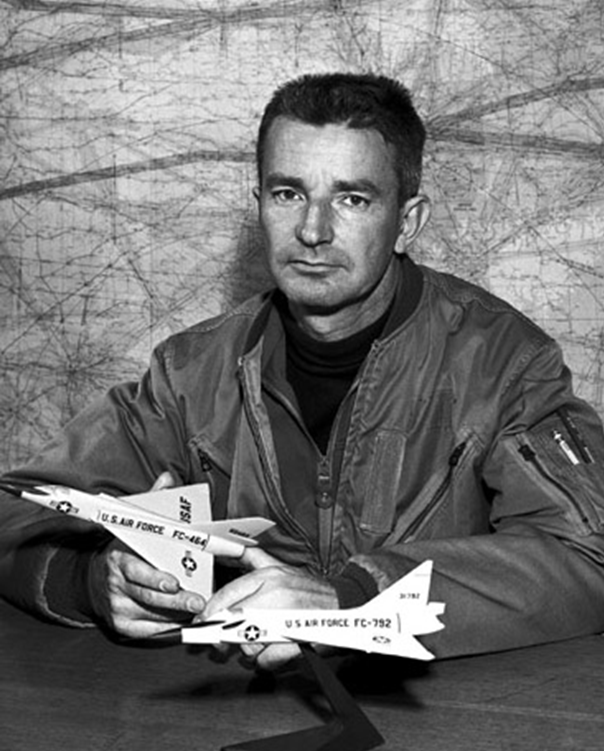
Lieutenant Colonel Johnson resigned from the Air Force in 1953 to become the Chief Test Pilot for the Convair Division of General Dynamics. He made the first flights of the YF-102 and the F-106A Delta Dart, 26 December 1956. He also made the first flight of the F-111 on 21 December 1964.
In 1955, Johnson was one of the six founding members of the Society of Experimental test Pilots.
Dick Johnson was Chief Engineering Test Pilot for the General Dynamics F-111 “Aardvark.” In 1967, the Society of Experimental Test Pilots awarded Johnson its Iven C. Kincheloe Award for his work on the F-111 program. In 1977, Dick Johnson, then the Director of Flight and Quality Assurance at General Dynamics, retired.
In 1998, Dick Johnson was inducted into the Aerospace Walk of Honor at Lancaster, California. His commemorative monument is located in front of the Lancaster Public Library on W. Lancaster Boulevard, just West of Cedar Avenue. ³
Lieutenant Colonel Richard Lowe Johnson, United States Air Force, (Retired), died 9 November 2002 at Fort Worth, Texas. He was buried at Arlington National Cemetery, Arlington, Virginia, on 7 January 2003.
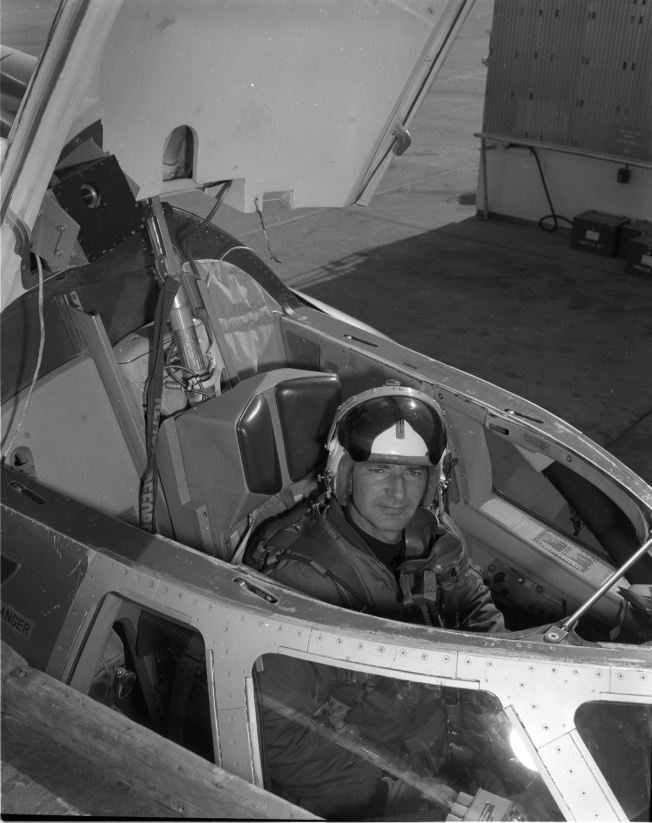
¹ Several sources spell Johnson’s middle name as “Loe.”
² FAI Record File Number 9866
³ Various Internet sources repeat the statement that “Richard Johnson has been honored with. . . the Thompson Trophy, Mackay Trophy, Flying Tiger Trophy, Federation Aeronautique Internationale Gold Medal and Golden Plate Award of the American Academy of Achievement. . . .” TDiA has checked the lists of awardees of each of the appropriate organizations and has not found any support for the statement.
© 2018, Bryan R. Swopes
